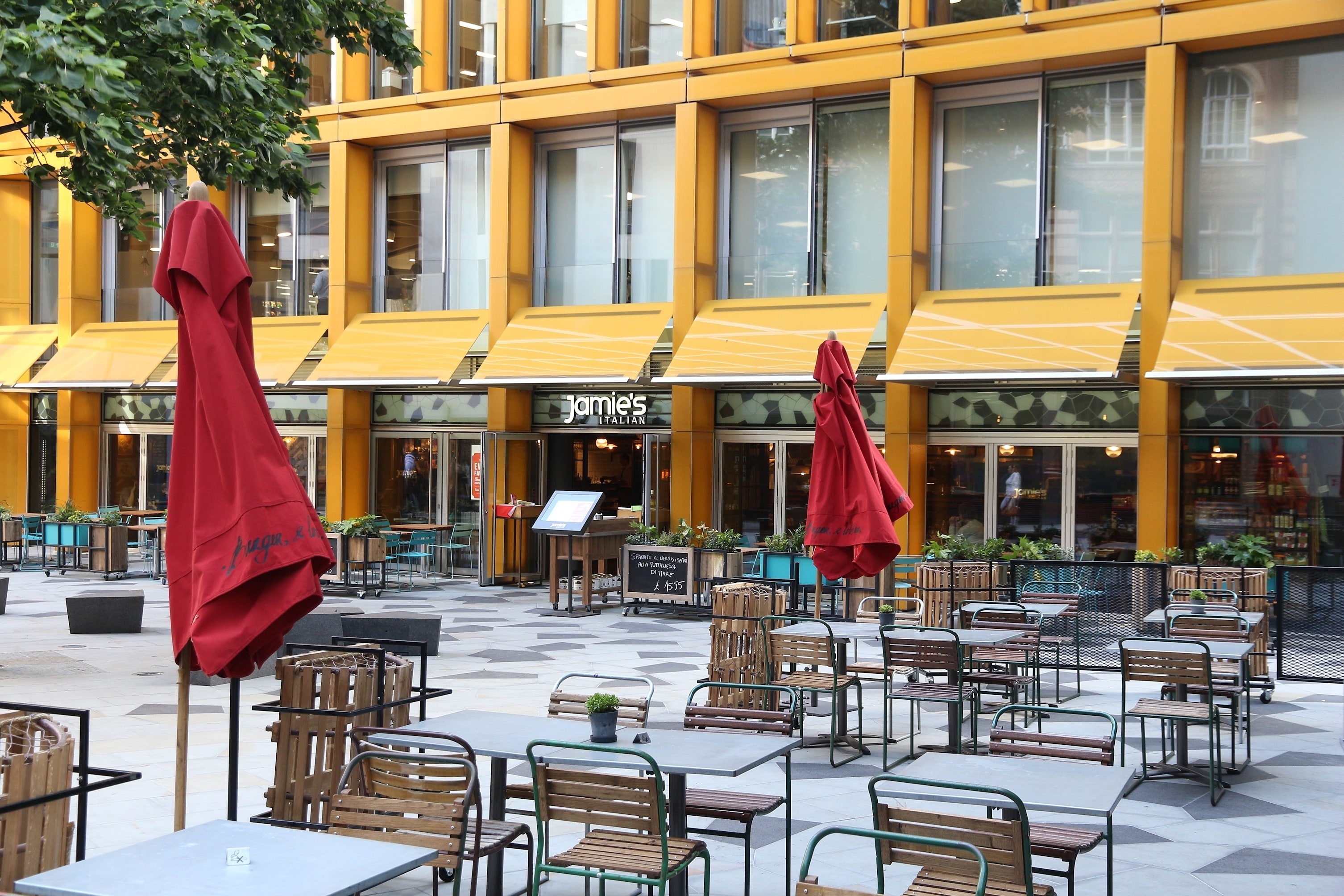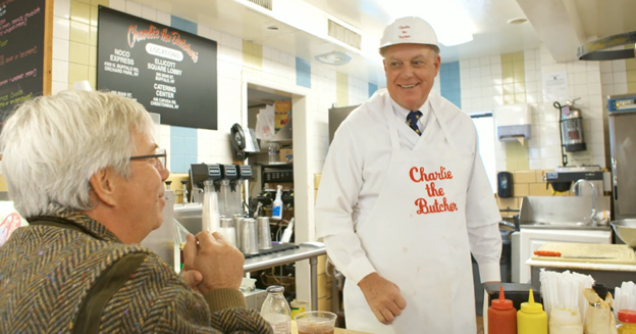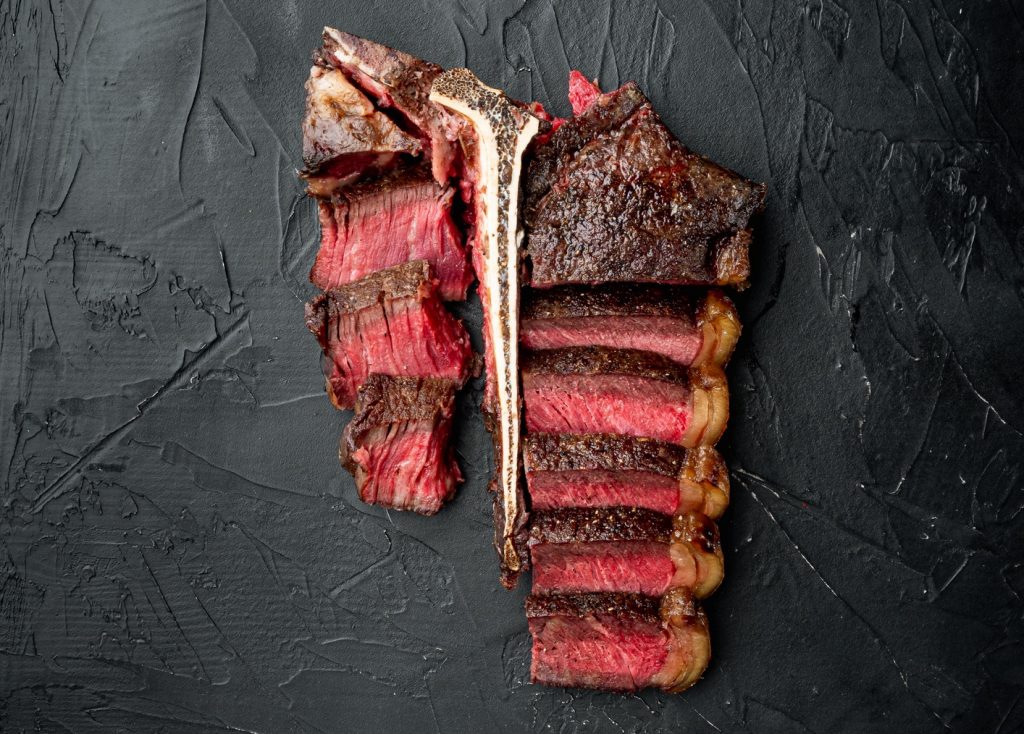
Among the restaurants that have hit challenging times, Jamie Oliver’s chain of Jamie’s Italian restaurants has received most of the attention, with 12 of its 37 branches closing down due to crippling debts of £71.5m. This comprised £30.2m of overdrafts and loans and £41.3m owed to HMRC, landlords, suppliers and other creditors. Staff were owed £2.2m.
These figures make for grim reading, and may have seemed a surprise to some, especially as Jamie’s business enterprise announced just last year that earnings were set to “increase long into the future”. But there were signs of trouble when senior executives started jumping ship towards the end of the year, including restaurant business chief executive, Simon Blagden, and finance director, Tara O’Neill.
Mass expansion
So where did it all go wrong? When Oliver’s first branch in Oxford opened in 2008, customers queued round the block to sample its menu of rustic Italian staples with a “Jamie-style twist”. Reviews were generally positive, praising it for good food at fair prices, and the public agreed. The business then expanded rapidly, peaking at more than 40 branches.
They weren’t alone. Between 2010 and 2016, mid-market chains were cropping up all over the UK as it seemed Britain’s burgeoning interest in casual, affordable dining was insatiable.
But in recent months the casual dining crunch has bitten hard, and the optimism has turned sour. Byron is in the middle of a financial rescue plan, Italian chain Strada has shut a third of its restaurants and its rival Prezzo is now looking at restructuring. Numerous venues, from the five-strong Square Pie group in London to Jamie Oliver’s Piccadilly barbecue restaurant, Barbecoa, have gone into administration. And now it looks like there are problems at Carluccio’s too. The deli to dining brand has called in KPMG to advice on possible strategies, though it should be noted they have announced they are not planning to restructure.
“There has clearly been an over expansion in the market,” says Chris Stern FCSI, managing director of Stern Consultancy. “If I walk onto my local high street there’s a Strada (until it closed recently), a Cote, a Wagamama, a Prezzo and many more. All of those chains next to each other and you think, ‘how is that sustainable?’
“The great British public are realising it’s catering by numbers and not as exciting as it once was. Many of these chains start off well, but it doesn’t last.”
Aside from increased competition, Stern points to the uncertainty in the economy affecting customer spending. Interest and inflation are likely to continue rising, which means mortgage prices going up, and so people are less inclined to go to the chains because they can buy a pizza at the local supermarket.
Business issues
As for the businesses themselves, a number of factors have come into play. According to Stern, the most obvious was the misguided and even naive business planning of the chains. “Many were blinded by the excitement of short term gains, including Jamie’s,” he says. “The sales and marketing might be great for year one, but you need to analyse what will be happen in year three once it all settles down. What agreement have you got with the landlord? What’s affordable to rent? When the Ivy put themselves in the new shopping centre in Guildford, are they paying a premium rate and is it sustainable over time? It’s a case of looking at whether the business plan actually works. When interest rates hit 3% and people with mortgages stop going out so much, are you sustainable? If it was me, I’d have my ‘get out of jail’ card.”
The chains have also been hit hard by an increase in business and rental rates, as well as a rise in the minimum wage. This was something that the public had pushed for to make the retail and hospitality job market fair, but what they didn’t realise was that this means they have to pay more for their pizza at Prezzo, because the chains have to cover the labour costs.
Brand and image
“Furthermore, chains like Jamie’s flooded their restaurants with kids on minimum wage, but many of them don’t necessarily identify with or care about the brand and image of the company. As a result the level of service is affected,” says Julian Edwards FCSI, chair of FCSI UK & Ireland. “If these chains were to raise the wages by 75% and employ half the number of people, then they’d want to be there and be more dynamic. It’s all about personnel and maintaining a good reputation, as well as being unique and authentic.
“At Tom Kerridge’s [casual] restaurants, for example, you’ve got Michelin cuisine with great ingredients, but it’s pub food at pub prices, you can bring your dog, it’s healthy and the staff care about what they’re doing. As a result they get repeat customers. Most customers at a Jamie’s will go once, but why be loyal to a faceless entity?”
Part of the problem was Jamie Oliver took too much of a hands-off approach, leaving many of the key business decisions to his board.
“If you’re going to put your name over the top of your brand, but then step away from the day-to-day running or you aren’t present in the restaurants, then more fool you,” says Stern. “Jason Atherton has about 20 restaurants, but he’s there. Once you get too big, there’s no chance. Plus, you have to employ people you fully trust to share your vision.”
Aside from these more obvious reasons for the demise of the chains, there’s also the hot topic of allergies. “Many of the chains simply aren’t catering for customers with an interest and concern in allergies,” warns Edwards. “They often just have disclosures saying things like, ‘We don’t know what allergens are in our food and there might be cross contamination’. It’s very loose. But they’re missing a trick, paying lip service to up to 20 million customers. They should be offering specialised options for those with gluten allergies and other dietary requirements.”
Pop-ups
Then there’s the rise of the pop-ups, which are stealing customers from the high-street restaurants. These are proving particularly popular with Millennials. Places like London’s Streetfeast which hosts a collective of cool new street food brands, and Mercato Metropolitano in Elephant & Castle, consisting of stalls with a couple of tables and good food.
“They are capitalising on cheaper rent, minimum fuss, and drawing in the customers who can’t afford or don’t have time to eat in a traditional restaurant,” adds Edwards. “They’re the sexier outlets in trendy locations.”
He warns that the chains aren’t keeping up with the trends and remaining static. “It’s all about knowing your market,” says Edwards.
What next?
Despite the gloomy prospects for the high street chain, Stern doesn’t think a lot more will fold. Instead he thinks there’s likely to be consolidation in the market. “There are too many restaurants that are similar, Café Rouge and Cote or Strada and Prezzo. Either one will go or brands will come together, or they’ll have one or the other on a high street. The market is only so big.”
Chris Evans




